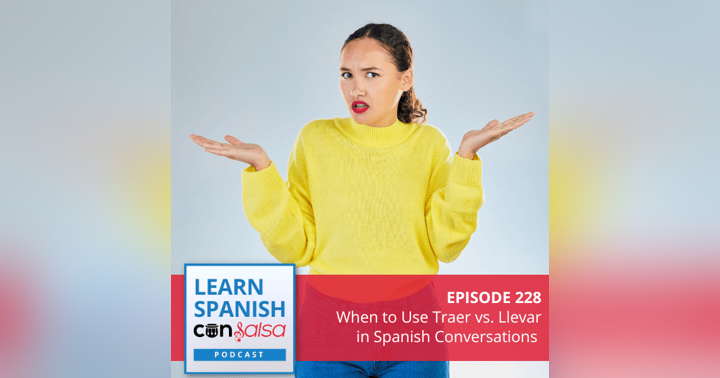Stop Saying Sí: 10 Ways to Express Agreement in Spanish

I’m sure you already know how to say yes in Spanish, but nothing causes a conversation to fizzle faster than short, abrupt, one-word answers.
When you are first learning Spanish, your natural desire will be to respond with what you are comfortable saying- sí, no, gracias.
However, if you want to step up your game and venture into a truly meaningful conversation, you have to step out of the comfort zone.
Although “sí” is a great starting point, there are many other ways to express agreement in Spanish.
Here are a few commonly used phrases and examples of how to use them:
1) Claro → Of course, clearly
¿Quieres ir al cine mañana?
–¡Claro, vamos!
Do you want to go to the movies tomorrow?
– Of course, let’s go!
2) Creo que sí → I think so. (Literally: I believe that yes).
¿Amalia viene a la fiesta?
– Creo que sí.
Is Amalia coming to the party?
– I think so.
3) Exacto → Exactly.
¿Así que te gusta correr más que jugar fútbol?
–Exacto.
So you like to run more than play soccer?
– Exactly.
4) Así es → That’s right.
¿Tu hermana viene a visitar mañana?
–¡Así es!
Your sister is coming to visit tomorrow?
– That’s right!
5) Supongo que sí → I guess so. (Literally: I suppose that yes)
¿Está bien si comemos pizza hoy?
–Supongo que sí.
Is it ok if we eat pizza today?
I guess so.
6) Estoy de acuerdo → I agree.
Yo creo que Pablo está enojado con su novia.
–Estoy de acuerdo. ¡Ni hablaron!
I think Pablo is mad at his girlfriend.
–I agree. They didn’t even talk!

7) Tienes razón → You’re right.
Este programa es muy aburrido.
–¿Tienes razón, hacemos algo más?
This show is really boring.
– You’re right, should we do something else?
8) Está bien → That’s fine, OK
¿Te llamo mañana a las 8?
–Está bien.
Can I call you tomorrow at 8?
–That’s fine.
9) Por supuesto → Of course.
¿Vas a cenar conmigo?
–¡Por supuesto!
Are you going to eat dinner with me?
– Of course!
10) Sin duda → Without a doubt.
Si corro 5 millas hoy me van a doler las piernas.
–Sin duda.
If I run 5 miles my legs will hurt.
– Without a doubt.
Next time you want to say “sí,” try one of these phrases instead.
You will have a more natural conversation in Spanish and sound more like a native speaker.
Tamara
Be sure to subscribe below if you’d like more Spanish learning tips, and view the rest of the Conversational Spanish Series.











